17 January 2020
My name is John Cassano and I am a professor at the University of Colorado. My research focuses on polar weather and climate, and as those of you that have read my blog in the past know, I have made many trips to Antarctica (scroll down to see these earlier blog posts).

This year I’ll be doing something different – I’ll be spending over 2 months on an icebreaker drifting slowly across the Arctic Ocean as I take part in the largest ever Arctic research expedition. This project is known as MOSAiC (https://mosaic-expedition.org) – the Multidisciplinary drifting Observatory for the Study of Arctic Change.
MOSAiC is a year-long research expedition that started in September 2019 and will last until September 2020. The goal of MOSAiC is to collect data about the Arctic atmosphere, snow, sea ice and ocean to help us understand how the Arctic is responding to our changing climate and to better represent Arctic processes in weather and climate models.
The centerpiece of MOSAiC is the German icebreaker Polarstern, which was frozen into the Arctic sea ice north of Siberia four months ago and is now drifting across the Arctic Ocean. You can follow the drift of Polarstern at https://follow.mosaic-expedition.org. This web site also provides daily updates from the ship including a photo, the current ship location and the day’s weather.
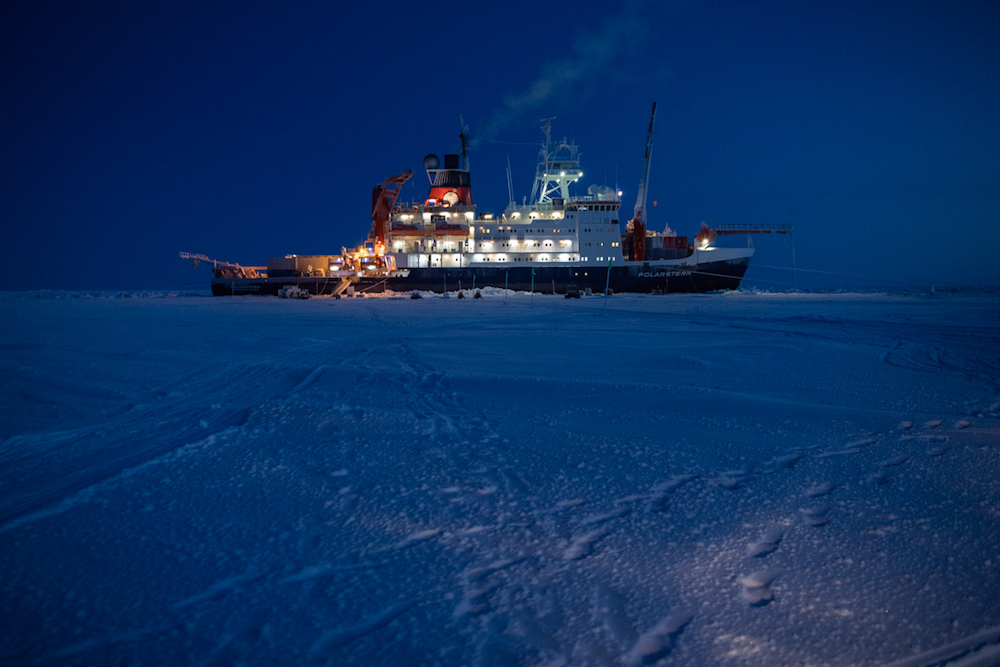
Six hundred scientists and support personnel, from 20 countries, will make the Polarstern their home over the course of the year-long MOSAiC expedition. You can find additional numbers describing the MOSAiC expedition at https://mosaic-expedition.org/expedition/mosaic-in-numbers/.
The expedition is divided into 6 legs, with scientists and crew rotating to and from the Polarstern approximately every two months. I’ll be taking part in the 3rd leg of the expedition and I’ll be leaving my home in Colorado next week to begin making my way to the Polarstern, where I’ll be from February until April. In total, I’ll be away from home for almost 3 months making this the longest field campaign I’ve participated in. The thought of being away from my wife and daughter, and not being able to come home if I’m needed, is always the most difficult part of my polar fieldwork.
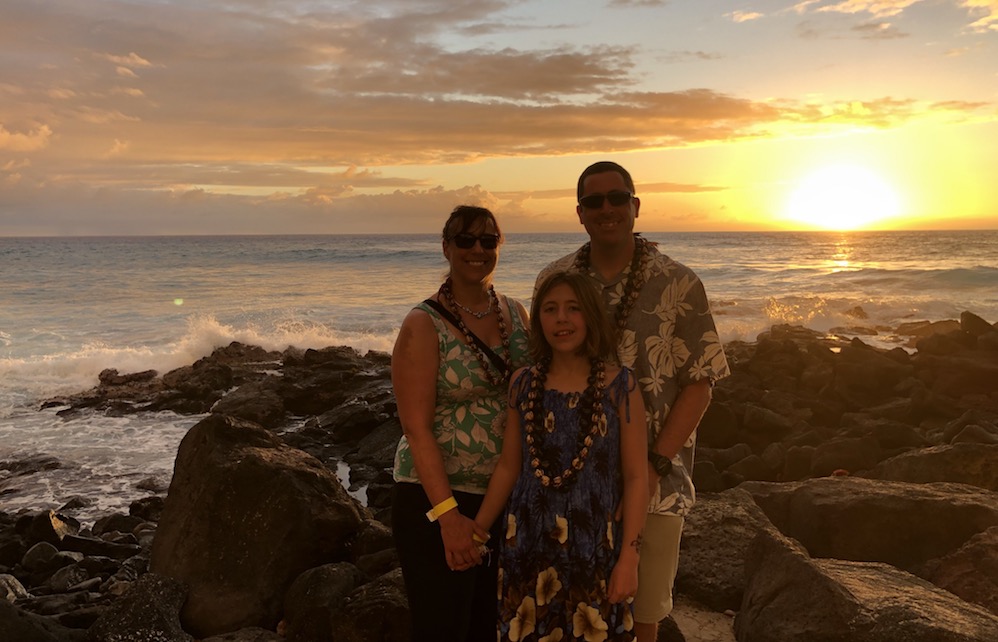
My trip to the Polarstern will be a long one. I’ll fly from Denver to Tromsø, in northern Norway, next week. I will then spend 4 nights in Tromsø, completing final preparations, before heading into the Arctic. From Tromsø I’ll sail on a Russian icebreaker, the Kapitan Dranitsyn, towards the North Pole. This part of the trip, from Tromsø to the Polarstern,will take about 2 weeks and I’ll arrive at the Polarstern in mid-February. You can track the location of the Kapitan Dranitsyn on this web page.

I’ll then spend the next 2 months living and working on the Polarstern. Because the Arctic sea ice will be near its greatest seasonal extent and thickness in April it won’t be possible to have an icebreaker meet us to bring us back to lower latitudes. Instead, the crew of the Polarstern will construct a runway on the sea ice, and planes will fly from Svalbard to the Polarstern to swap the scientists and crew for legs 3 and 4 of the expedition.
Above, I mentioned I’ll spend 4 nights in Tromsø before continuing north towards the Polarstern. One of the things I’ll do in Tromsø is make sure all of the cold weather clothing I’ll be provided fits well and that I have everything I need. I’ll also take part in several training classes covering topics from polar bear safety, travel over sea ice, cold weather and other hazards we may encounter to emergency procedures. During these training sessions we will also discuss more scientific matters such as how the data we collect will be handled and policies for interactions with the media.
In addition to the training I’ll do in Tromsø I also spent a couple of weeks this summer doing other training. In late May I spent two days in Denver learning about Arctic field safety including a day spent discussing polar bears and practicing using rifles that we’ll need to carry whenever we leave the Polarstern to travel across the sea ice. The rifle training lasted into the night so we could practice shooting polar bear targets in the dark, since the for the first few weeks of the trip we’ll be in complete darkness until the sun rises for the first time in March.

I also spent a week in Seattle attending a Coast Guard approved seaman training class. This class is required for all professional seaman and covered topics ranging from first aid, ship evacuation and the use of emergency life rafts and flotation devices to firefighting on a ship. The firefighting training was my favorite part of the week-long course. We spent a day learning how to use firefighting equipment and practiced extinguishing controlled fires in a mock ship in the Seattle port. Inside this mock ship it was pitch black, filled with smoke with temperatures of several hundred degrees F. All of this training is critical since we’ll be so far from any outside help that we need to know how to help ourselves in case of any emergency. Hopefully we won’t ever need to use the skills we learned.

I’ll end this blog post by describing what my living and working conditions will be like once I arrive at the Polarstern. Similar to my recent Antarctic trips I’ll be flying small unmanned aircraft (drones) to measure atmospheric properties like temperature and wind. I’ll be working with one of my graduate students, Gina, on leg 3 of the expedition. Colleagues from the University of Colorado will take over from Gina and I in April, with another team from our university taking over from them in June. I’ll describe the science we’ll be doing in more detail in a future blog post.
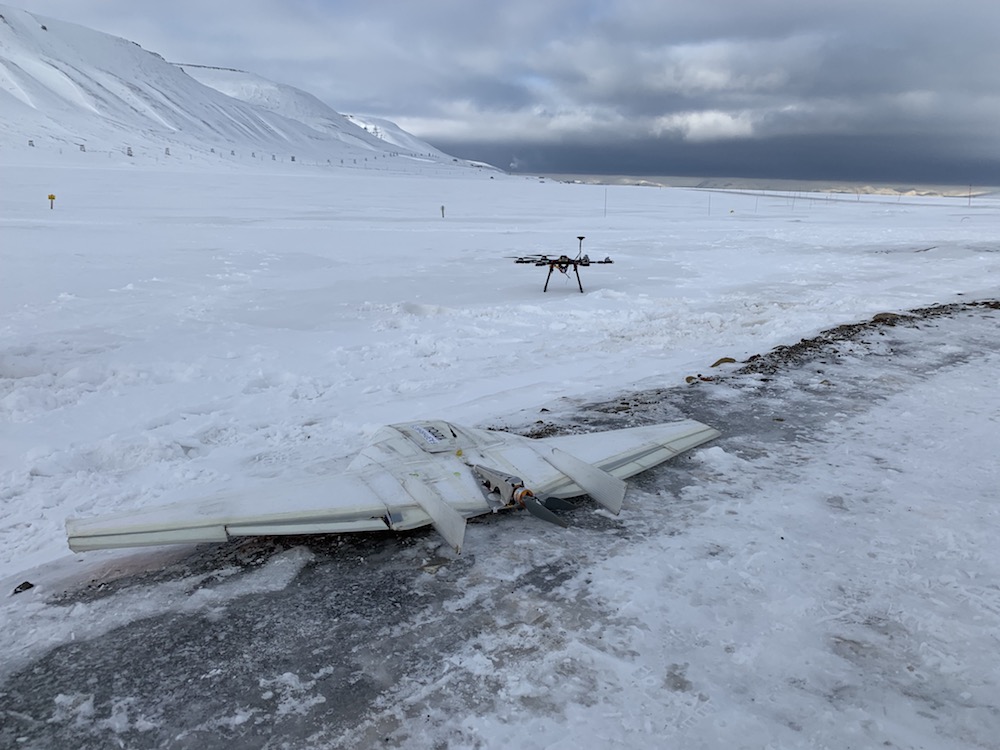
The Polarstern has been frozen into the Arctic sea ice since September and is drifting with the ice and currents of the Arctic Ocean. The sea ice can be as thin as a few inches or more than 10 feet thick. The ice near the Polarstern right now is a few feet thick, but unlike the Antarctic ice sheet, where I’ve worked in the past, the sea ice is very dynamic. The ice moves with ocean currents and winds and the ice pack splits and crashes together creating linear openings, called leads, to the ocean below or jumbled ridges of ice where different sea ice floes have crashed together. Both leads and ridges are present near the Polarstern and we’ll need to be careful as we work on the sea ice to avoid these hazards. I’ve heard from people that took part in leg 1 of the expedition that several people fell into leads. Everyone on the sea ice wears a survival suit that provides both flotation and insulation to protect you in case you fall into the water until you or your teammates can pull you back onto the sea ice.
The weather will also be a significant hazard. When we arrive at the Polarstern it will still be the polar night and the sun will remain below the horizon for several weeks. That means all of our work over the first few weeks will be done in the dark. The temperature where we will be will likely remain well below 0 deg F for the entire 2 months we are on the Polarstern, with temperatures dipping into the -20s deg F or colder regularly. The Arctic can be quite windy and this means that wind chill temperatures will be much colder than the air temperature. The wind can result in blowing and drifting snow that reduces visibility. In very strong winds the visibility can go to zero. We’ll need to pay close attention to the weather as we plan each day’s activities.
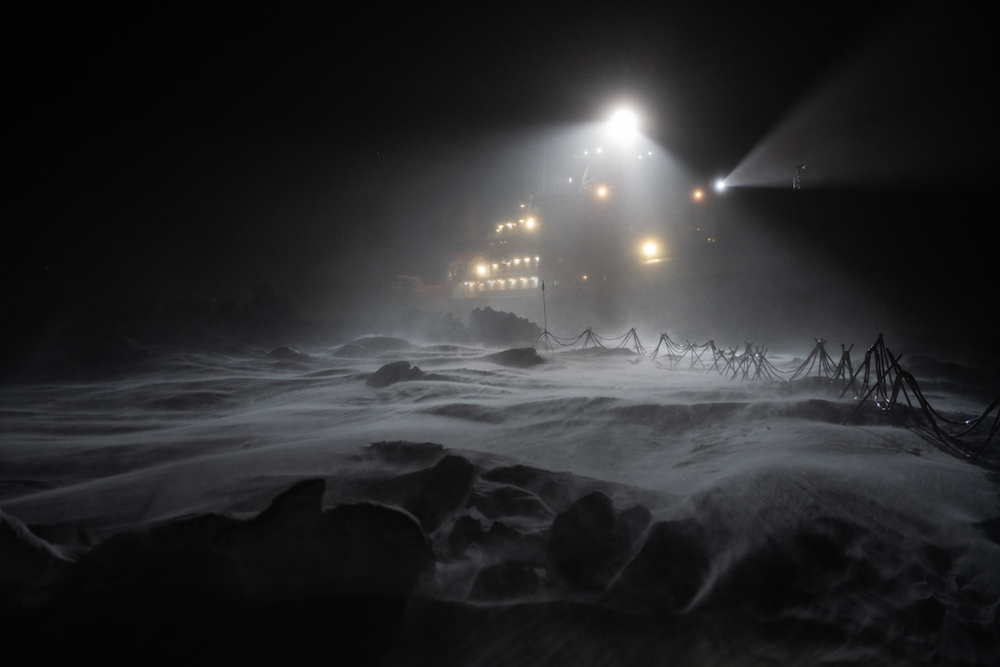
Another hazard we’ll need to worry about are polar bears. There have been several polar bear sightings during legs 1 and 2 of the expedition, with bears wandering through the science equipment that has been set up on the sea ice. Anytime anyone is on the sea ice bear guards will keep watch for any approaching polar bears and any group that is working or traveling on the sea ice will carry a flare gun, to scare the bears away, and a rifle, for protection if the bears become aggressive.
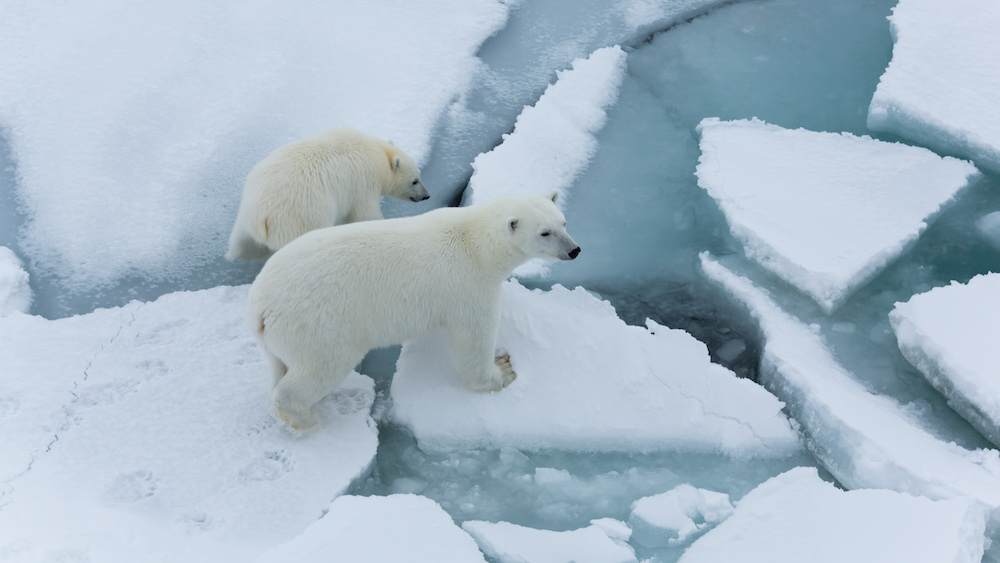
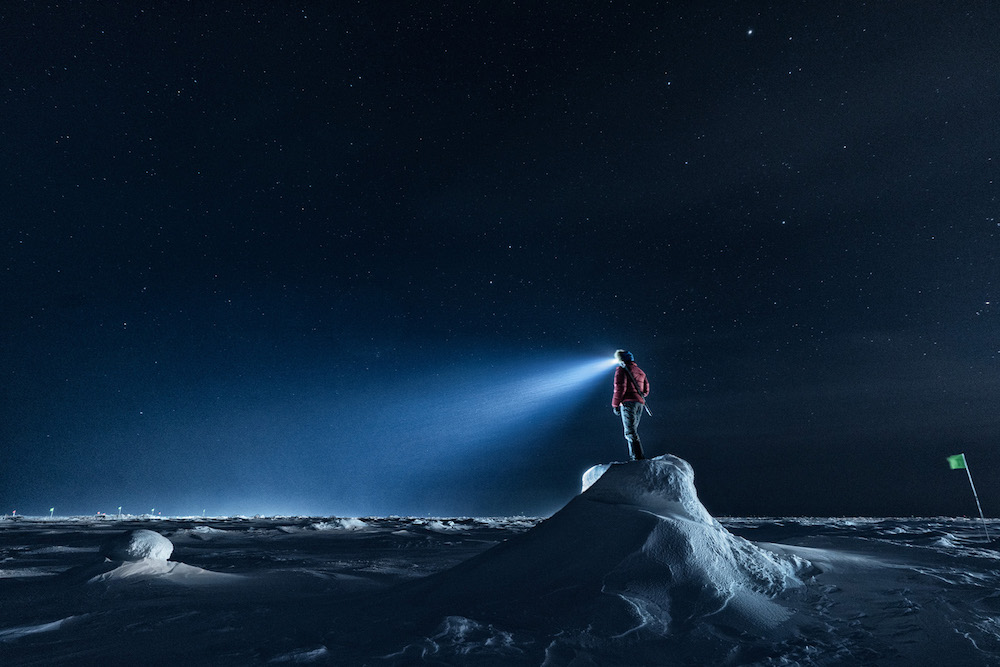
The Polarstern will be a welcome sanctuary from the harsh conditions and hazards we’ll be exposed to when we are working outside. Most everyone will share a cabin with one other person. The ship’s crew will prepare three warm meals for us every day. A small store on the ship will allow us to buy snacks, beer and liquor and other items we might need, like shampoo or toothpaste. A bar will be open a few nights per week allowing us to socialize. We’ll be able to communicate with friends and family using WhatsApp and text-only e-mail messages. We will also be able to use a satellite phone to make short phone calls.
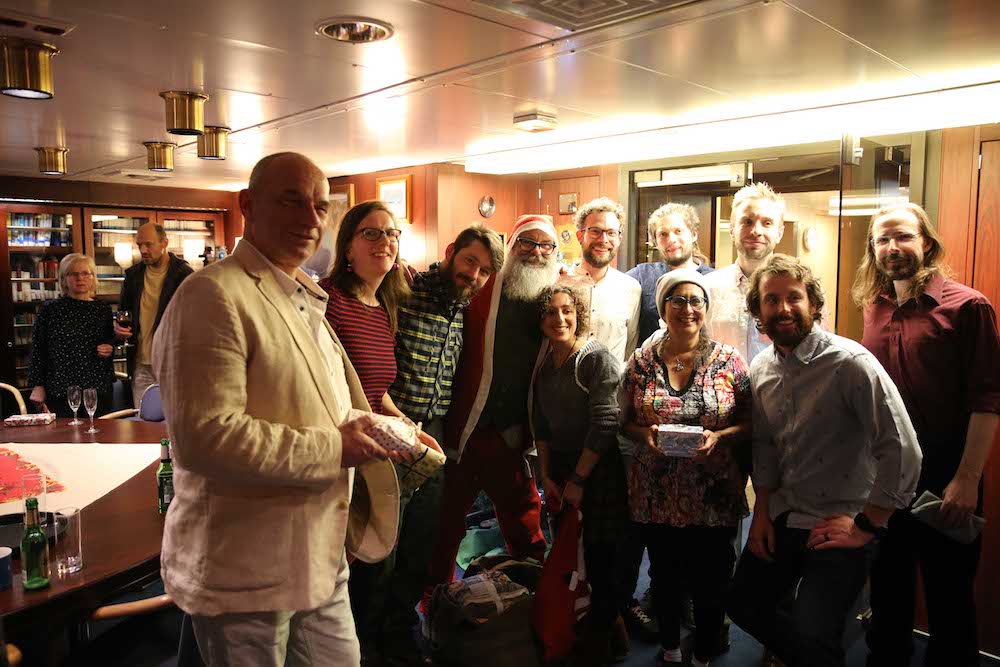
Over the next few months I’ll continue to describe my experience taking part in MOSAiC. I’m looking forward to this new adventure and sharing it with you in this blog.
John

Sharing this post with others. Let the adventure begin.
I’m so glad Mark signed us up for your blog. This will be so interesting to follow. Prayers for your safety and for the girls being left back home.
Safe journey❤️
Our Met class will be following your activities and escapades.